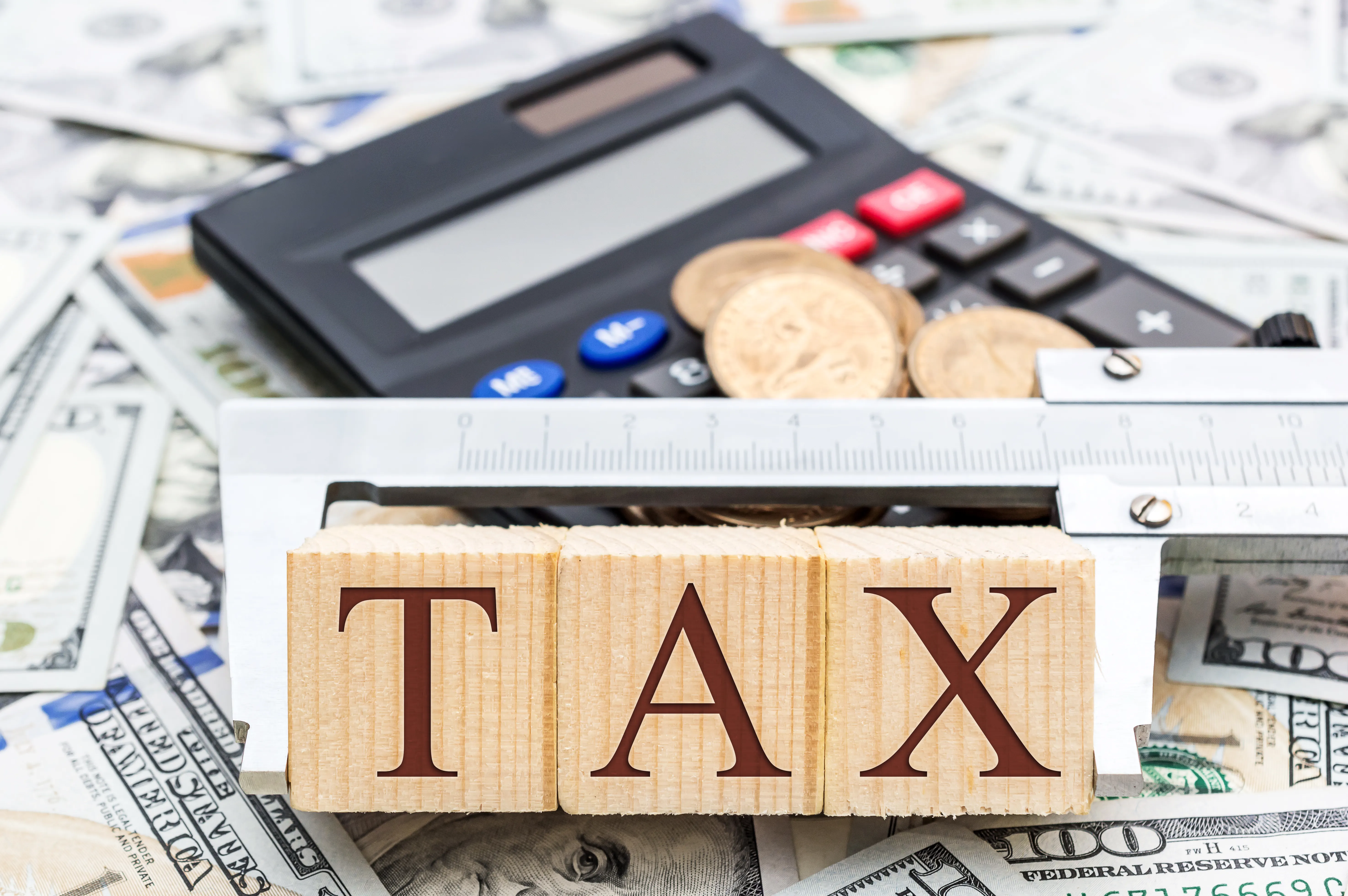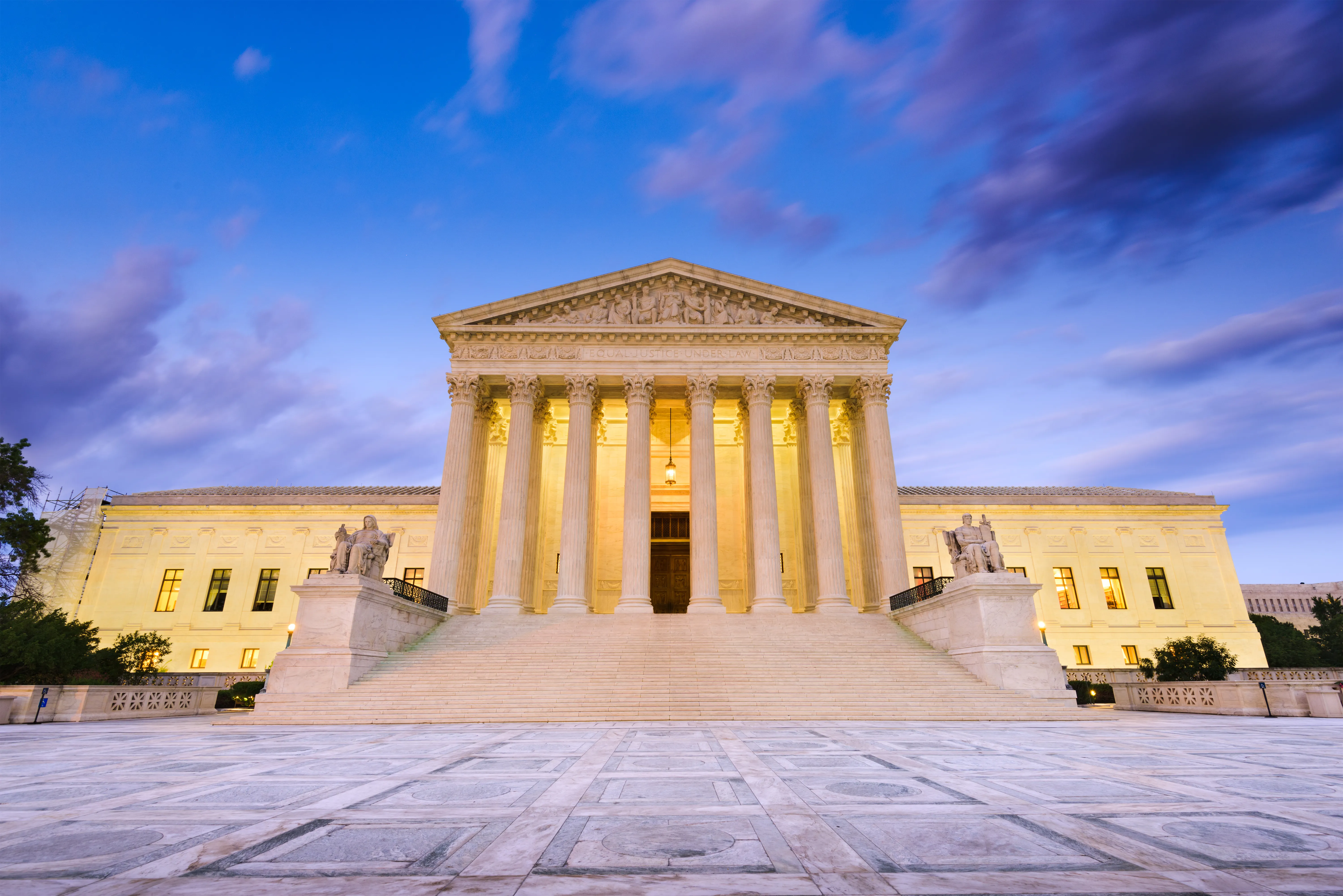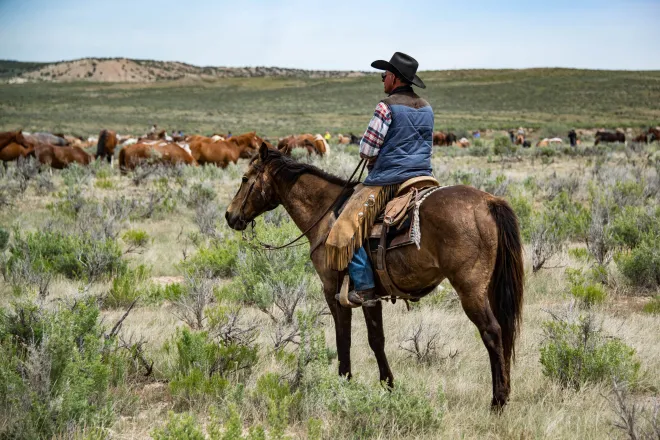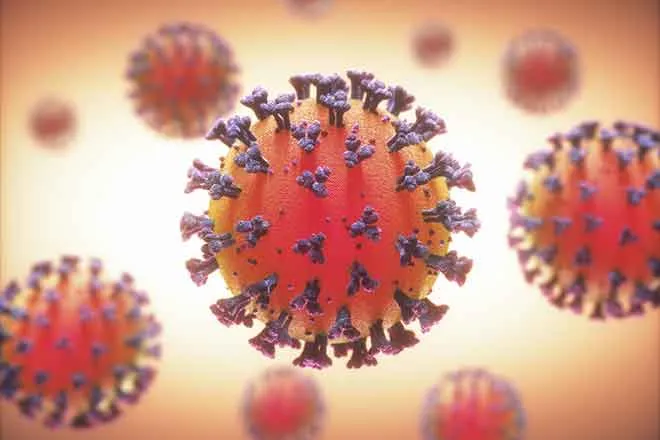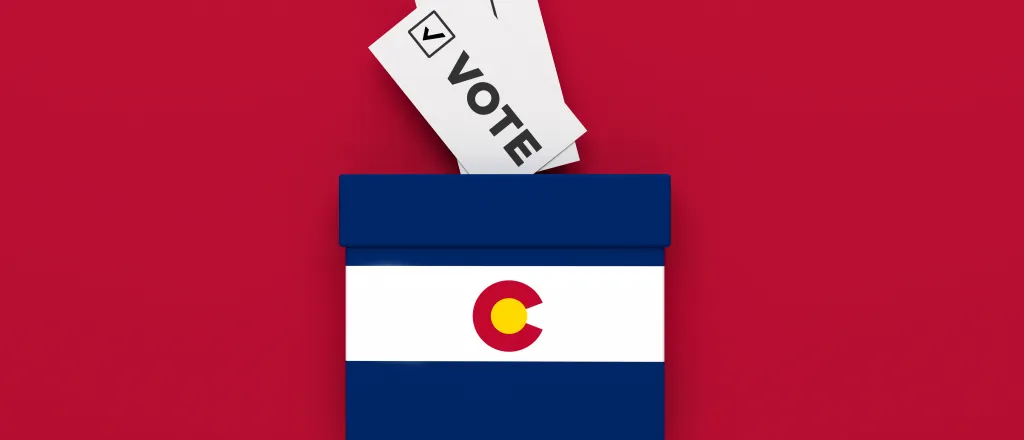
Voting basics: How ballot signature verification works
© Baris-Ozer - iStock-1420488382
(Colorado Newsline) When a Colorado voter votes by mail, they need to sign their ballot envelope for verification by bipartisan teams of election judges.
Election judges compare a ballot signature to a signature the voter’s county clerk has on file from official documents. If someone registered to vote through the Colorado Division of Motor Vehicles, for example, their ballot signature will be compared to their license signature.
A ballot will be rejected if a team of two election judges from different political parties agree that a voter’s signature on their ballot doesn’t match the one elections officials have on file, or if the signature is missing altogether. The team of two reviews each signature after a single election judge conducts an initial review, and in some cases after a ballot processing machine conducts a review.
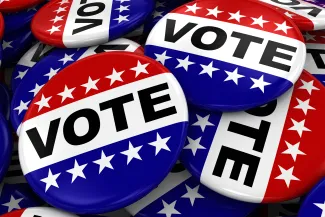
© iStock
Election judges are trained to look for specific issues with a signature to determine its validity.
“An election judge may compare additional information written by the voter on the return envelope, such as the voter’s address and date of signing,” Colorado’s election rules related to signature verification say. “Any similarities noted when comparing other information may be used as part of the signature verification decision process.”
Ballot processing machines that verify signatures must be regularly checked for accuracy. If an election judge finds that a machine accepts a signature an election judge would have denied, the county must stop using the machine and notify the secretary of state’s office.
If a voter’s ballot is flagged for a discrepancy, they can “cure” their ballot by verifying their signature through the state’s TXT2Cure system. Voters will receive a letter in the mail from their county clerk notifying them if their ballot is rejected and what they need to do to resolve the problem. Voters with signature discrepancies have until 11:59 p.m. on the eighth day after Election Day to cure their ballots; in 2024, that deadline will fall on Nov. 13.
In the 2020 general election, 11,085 ballots with signature verification issues were cured via the TXT2Cure program statewide. Another 21,838 signature issues were not cured, so those ballots were rejected and not counted in the election results.
CPR News found that over 25,000 ballots went uncounted in the June 2020 primary election because of issues with a voter’s signature verification, mostly from young and non-white voters.
Colorado Newsline is part of States Newsroom, a nonprofit news network supported by grants and a coalition of donors as a 501c(3) public charity. Colorado Newsline maintains editorial independence. Contact Editor Quentin Young for questions: info@coloradonewsline.com. Follow Colorado Newsline on Facebook and X.


